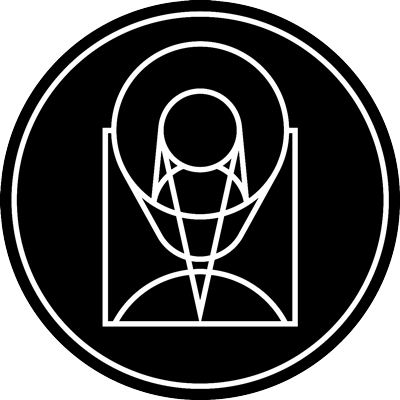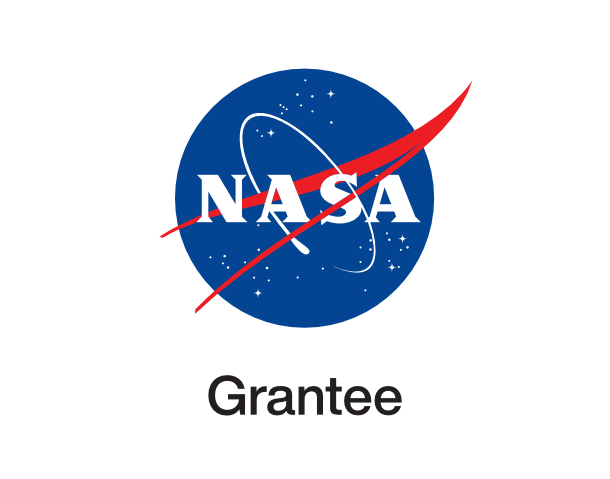Gas Shell Around Nova Cygni

stsci_1993-21a September 30th, 1993
Credit: Francesco Parasce, ESA/STScI and
A NASA Hubble Space Telescope (HS1) image of a tepidly ballooning bubble of gas blasted off a star. The shell surrounds Nova Cygni 1992 which erupted on February 19, 1992. The shell is so young it still contains a record of the initial conditions of the explosion. The HST image was taken in ultraviolet light with the European Space Agency's Faint Object Camera (FOC) on May 31, 1993, 467 days after the explosion. The FOC reveals a remarkably circular yet slightly lumpy ring-like structure. The ring is the edge of the bubble's shell of hot gas. The shell is only 37 billion miles across, or 400 times the diameter of the solar system. A beam of light could cross the shell in less than 2-1/2 days. A striking relic of the explosion is an unusual bar-like structure across the middle of the ring. It might mark the edge-on plane of the orbits of the two members of the binary star system that triggered the nova. An alternative possibility is that the bar is produced by twin jets of gas ejected from the star and spanning the distance between the shell and the star. A nova is a thermonuclear explosion that occurs on the surface of a white dwarf star in a double star system. By knowing the shell's diameter, as calculated from a comparison between its angular size and it expansion velocity (as measured from ground-based observations) astronomers can precisely measure the distance to Nova Cygni, which turns out to be 10,430 light-years. Nova Cygni is located in the summer constellation Cygnus.
Provider: Space Telescope Science Institute
Image Source: https://hubblesite.org/contents/news-releases/1993/news-1993-21
Curator: STScI, Baltimore, MD, USA
Image Use Policy: http://hubblesite.org/copyright/

- ID
- 1993-21a
- Subject Category
- B.3.2.1.5
- Subject Name
- Nova Cygni 1992
- Credits
- Francesco Parasce, ESA/STScI and
- Release Date
- 1993-09-30T00:00:00
- Lightyears
- 10,430
- Redshift
- 10,430
- Reference Url
- https://hubblesite.org/contents/news-releases/1993/news-1993-21
- Type
- Planetary
- Image Quality
- Good
- Distance Notes
- Light years
- Facility
- Hubble
- Instrument
- FOC
- Color Assignment
- Red
- Band
- Ultraviolet
- Bandpass
- Mid-UV
- Central Wavelength
- 278
- Start Time
- Integration Time
- Dataset ID
- Notes
- Coordinate Frame
- ICRS
- Equinox
- 2000.0
- Reference Value
- 307.63233333330, 52.63136111111
- Reference Dimension
- 2252.00, 2016.00
- Reference Pixel
- 1081.46986965829, 1747.97800890798
- Scale
- -0.00000062461, 0.00000062461
- Rotation
- -19.53059890779
- Coordinate System Projection:
- TAN
- Quality
- Full
- FITS Header
- Notes
- World Coordinate System resolved using PinpointWCS 0.9.2 revision 218+ by the Chandra X-ray Center
- Creator (Curator)
- STScI
- URL
- http://hubblesite.org
- Name
- Space Telescope Science Institute Office of Public Outreach
- outreach@stsci.edu
- Telephone
- 410-338-4444
- Address
- 3700 San Martin Drive
- City
- Baltimore
- State/Province
- MD
- Postal Code
- 21218
- Country
- USA
- Rights
- http://hubblesite.org/copyright/
- Publisher
- STScI
- Publisher ID
- stsci
- Resource ID
- STSCI-H-p9321a-f-2252x2016.tif
- Resource URL
- https://mast.stsci.edu/api/latest/Download/file?uri=mast:OPO/product/STSCI-H-p9321a-f-2252x2016.tif
- Related Resources
- http://hubblesite.org/newscenter/archive/releases/1993/21
- Metadata Date
- 2022-07-06T00:00:00
- Metadata Version
- 1.2
Detailed color mapping information coming soon...











